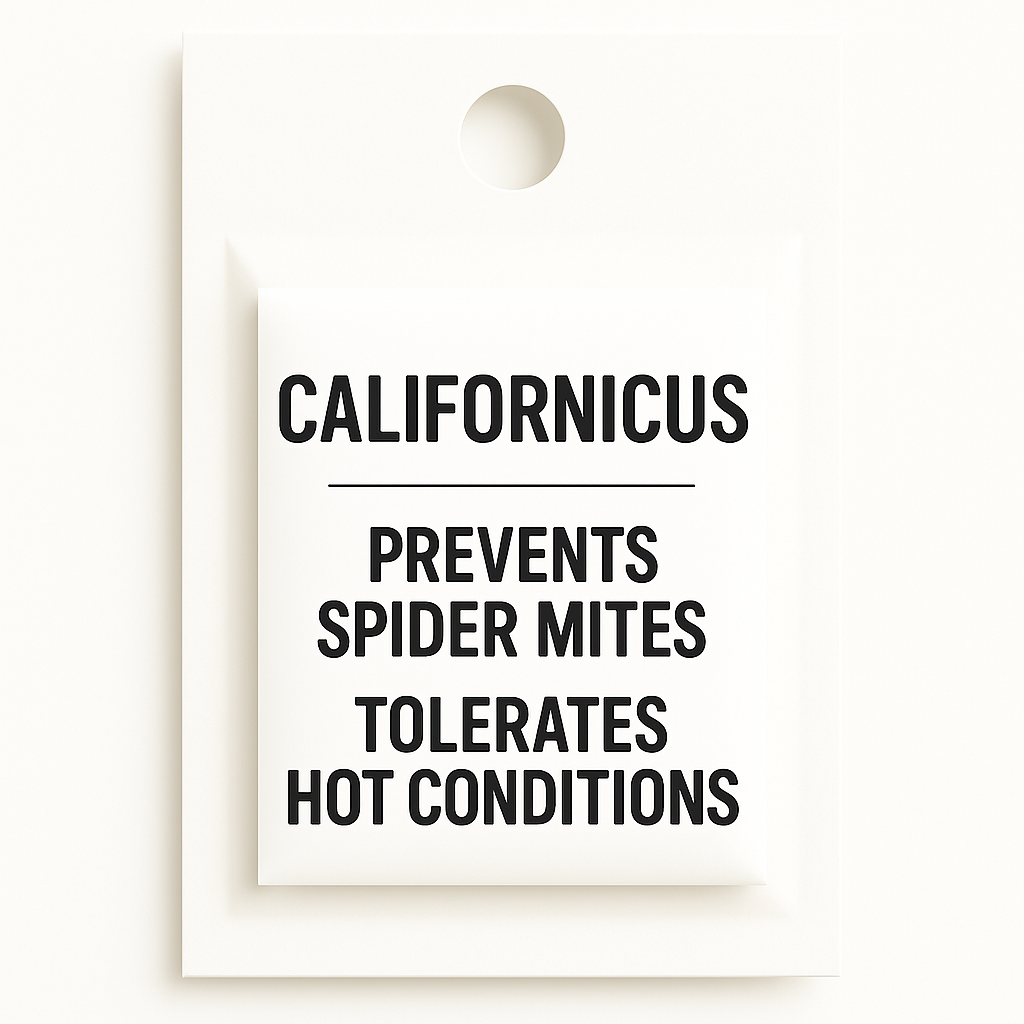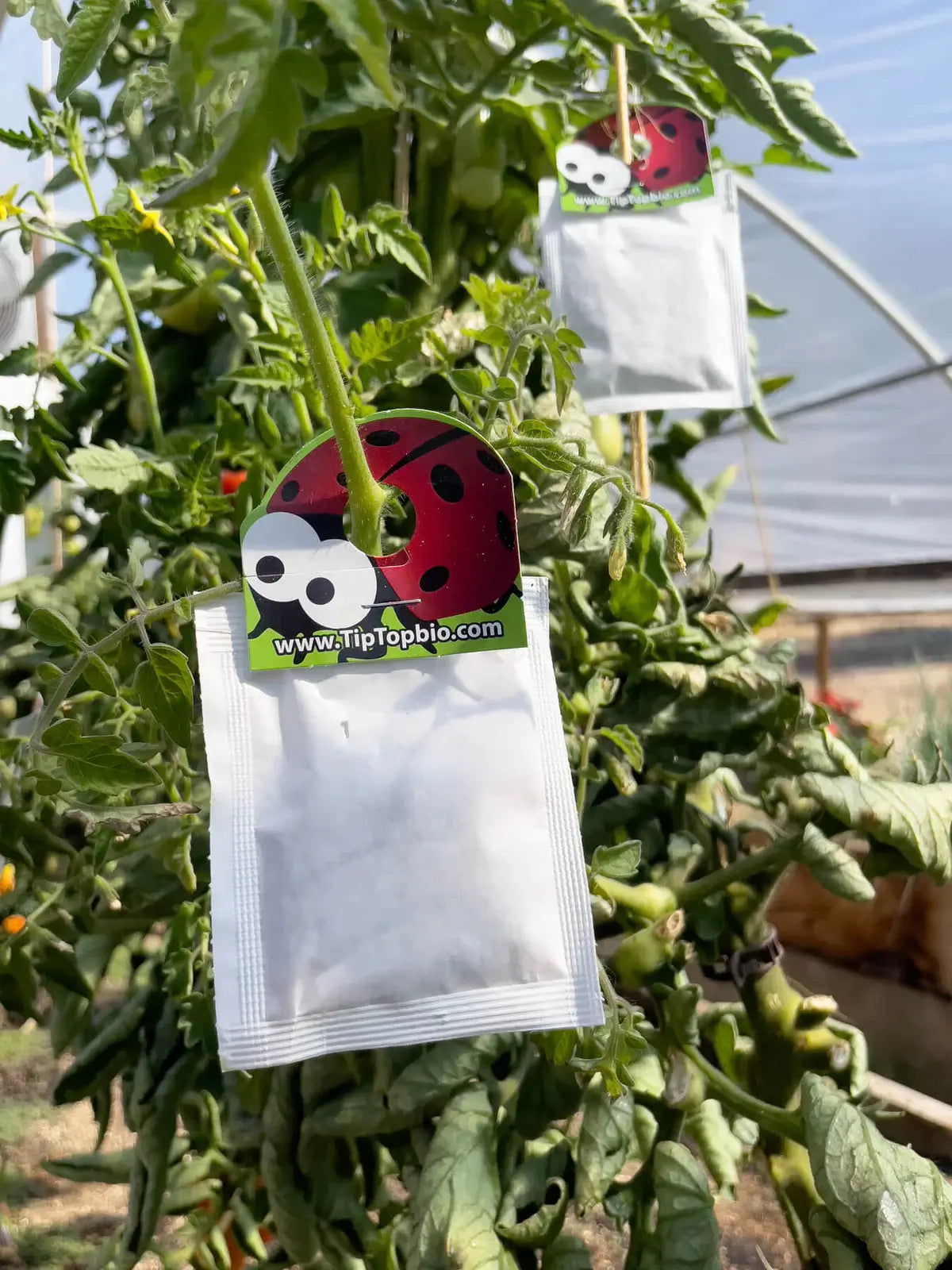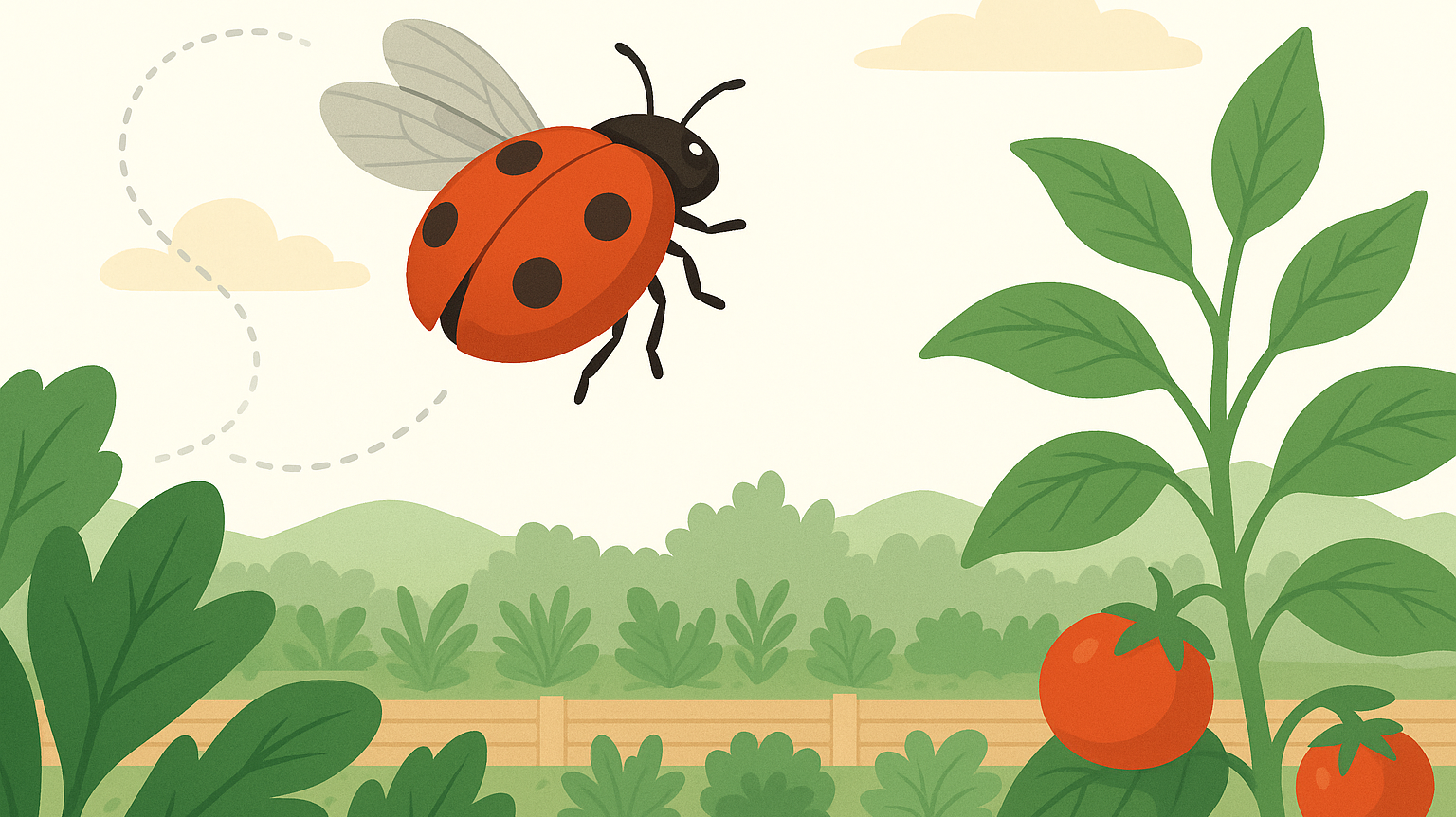Treating Spider Mites in Hot, Dry Conditions? This Is Built for That.
If your space runs hot, your humidity won’t hold, or your plants are between flare-ups, Amblyseius californicus is the mite that won’t quit.
These slow-release sachets deploy one of the most resilient predatory mites available—built specifically for environments where others stall out. They won’t knock down an active infestation overnight, but they will prevent one from creeping back in when your climate works against you.
Amblyseius californicus Sachets
Spider Mite Prevention for Hot, Dry, Low-Prey Environments
Each sachet releases eggs, juveniles, and adult californicus mites gradually over 2–4 weeks. Unlike fast-burst species like persimilis, californicus works slowly and steadily—even when prey levels are low or conditions get rough.
What It Helps Prevent
| Pest | Where It Hits |
|---|---|
| Spider mites (Tetranychus urticae, T. cinnabarinus, etc.) | In hot, dry, or inconsistent setups |
| Broad mites | Especially effective under low pressure |
| Russet mites | Good for prevention between outbreaks |
| Other small pest mites | Covers multiple families, especially when prey is sparse |
If your grow tent hits 85°F+ during the day, or your greenhouse drops to 40% RH, this is the mite that still shows up for work.
When to Use A. californicus Over Other Mites
| Scenario | Go With Californicus If... |
|---|---|
| You’re growing in a hot or dry environment | Most other mites slow down—californicus doesn’t |
| You’ve already knocked down spider mites | Use this to prevent resurgence |
| You’re between pest waves | Maintains low pressure during quiet periods |
| You don’t have high humidity or daily misting | Tolerates tough indoor or greenhouse conditions |
Not for Active Infestations
If you're already seeing webbing, bronzing, or rapid spread, sachets won’t move fast enough.
Start with:
-
Persimilis Bottles – fast spider mite knockdown
-
Special Blend Bottles – if you’re also seeing broad or russet mites
Then follow up with californicus sachets to hold the line long-term.
How to Use
| Setup | Application |
|---|---|
| Single plants | 1 sachet per plant |
| Dense canopy or rows | 1 sachet every 2–3 feet |
| Reapply | Every 2–4 weeks based on climate and pest risk |
-
Do not open sachets—mites exit through the micro-perforated vent
-
Hang near the canopy, but away from mist lines or direct irrigation
-
Replace more frequently during peak pest cycles or in high-heat zones
Best Conditions
| Factor | Performance |
|---|---|
| Temperature | Functions from 68–90°F; best above 85°F |
| Humidity | Works better than most in low humidity (40–60%) |
| Light | Suitable under grow lights or natural conditions |
| Airflow | Tolerates drier airflow zones where other mites underperform |
This is one of the few predatory mites that continues performing when your grow space looks more like a desert than a rainforest.
Choose Your Brand
| Brand | Best For |
|---|---|
| Tip Top Bio-Control | Excellent for typical grow tents and nursery cycles |
| Koppert “Plus” Sachets | Optimized for low humidity, dry rooms, and variable emergence timing |
Both are packed fresh in the U.S. and contain the same number of mites per sachet.
Pro Tips
-
Use after treatment to keep spider mites from returning
-
Great for seasonal transition periods or inconsistent HVAC
-
Combine with bottles if pressure starts climbing
-
Avoid sprays—even organic residue can reduce release rates
-
Don’t expect visual “results”—this is background suppression, not a visible hunt
Safe for Everything but Mites
-
Non-toxic
-
Safe for pets, people, pollinators, and sensitive plants
-
Leaves no residue
-
No re-entry interval
-
Compatible with living soil and organic systems
Shipping & Storage
-
Ships with live delivery guarantee
-
Use immediately upon arrival
-
Store at 50°F for up to 48 hours if needed
-
Do not freeze or expose to dry air
FAQ
How does the Live Guarantee work?
We know how important it is for your mites to arrive healthy and ready to work. That’s why we offer a live arrival guarantee—with flexible options depending on when we hear from you:
- Let us know within 24 hours of delivery: We’ll gladly send a free replacement shipment.
- Let us know within 2–3 days of delivery: We can offer store credit to make things right.
- After 3 days from delivery: Because these are living organisms, we’re not able to offer replacements or credit beyond that window. By then, it’s harder to know what went wrong or whether shipping conditions were a factor.
We truly want your mites to succeed—so please open your package as soon as it arrives and check on them. If something doesn’t look right, don’t wait—reach out and we’ll take care of you.
Where are you located?
We have a number of different locations in NJ, Maine and Oregon. While we'd love to have you, we are not currently open to the public.
Can I call you?
We get it. Sometimes it's easier to talk to someone, and on a case by case basis we can try to figure it out. Unfortunately though, we're really not able to take calls—FGMN is a small nursery, and we're usually elbows-deep in plants or packing boxes. To make sure nothing gets missed (and everyone gets a timely reply), we keep all communication in writing.
Feel free to message us at info@fgmnnursery.com. We mostly respond quickly, but every once in awhile replies may take a day. Do follow-up if you don't hear in that time. We're human, we miss an email here or there.
Too Many Options?
We get it. Try our mite/insect matchmaking quiz and instantly get matched to the solutions you may need.
Our Live Delivery Guarantee
We stand behind every leaf and every mite. If your plant or predatory insects don’t arrive alive on the first delivery attempt, we’ll make it right.
Here’s what you need to know:
- Email us at info@fgmnnursery.com within 24 hours of delivery
- Include clear photos of the item and the shipping label
- Someone must be available to receive the package—plants and bugs don’t do well sitting in the sun, a mailbox, or the back of a delivery truck
For plants, we offer store credit if something goes wrong.
For predatory mites and beneficial insects, you’ll have the choice of a replacement shipment or store credit.
If you contact us after the 24-hour window, we may still be able to help—just know it’s handled case by case.
We pack with care, insulate when needed, and check the weather before shipping. But once it’s in transit, the fastest way to protect your order is to open it right away.
Mite Matters
The Hidden Weather That Shapes Plant and Predator Life
Invisible weather shapes every growing space. Warm air pools under lights, cool air settles near the floor, and in between, tiny predators decide where they’ll thrive. Learn how microclimates influence the balance between plants, pests, and the mites that keep them in check.
If Ladybugs Are Just Going to Fly Away, Why Use Them?
Most ladybugs don’t fly off out of spite — they leave when the environment isn’t right. Learn how temperature, humidity, and shelter affect whether they settle or scatter, and how to create the ideal setup that keeps them working where you need them most.
Where Did My Predatory Mites Go?
Released predatory mites but can’t see them anymore? Don’t panic. Their invisibility is exactly what makes them effective. Learn why they vanish, how they hunt pests out of sight, and why reapplying keeps your plants protected.










